Philodendron
Philodendrons are popular houseplants and the genus is the second-largest member of the family Araceae, after the genus Anthurium. Many of these plants are grown as ornamental and indoor plants. The name is derived from the Greek words philo- or "love and affection" and dendron for "tree".Learn more
Showing all 10 results
-

Silver Sword Philodendron
$21.56 – $36.99-
-
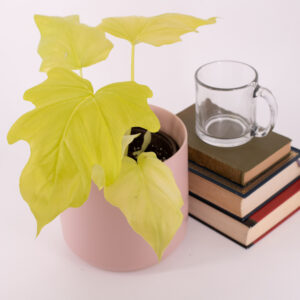
Philodendron Warscewiczii ‘Aurea’
$51.99-
-

Philodendron Melanochrysum
$41.99-
-
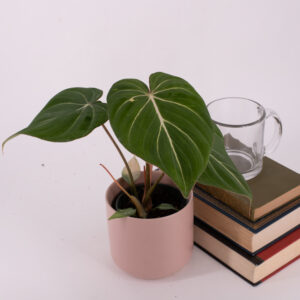
Philodendron Gloriosum
$32.00-
-
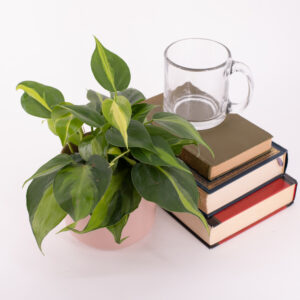
Philodendron Brasil
$14.99-
-

Philodendron Lemon Lime
$13.99-
-
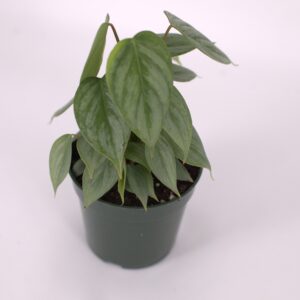
Philodendron Sodiroi
$29.99-
-
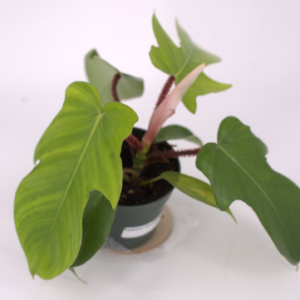
Philodendron Squamiferum
$26.99-
-
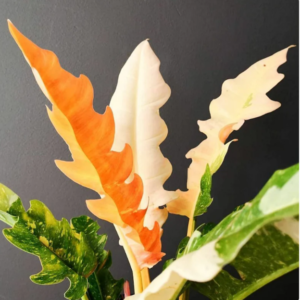
Philodendron Ring of Fire
$36.99 – $46.99-
-
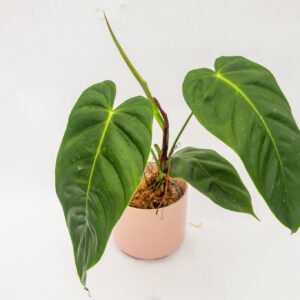
Philodendron Esmeraldense
$82.00-
These tropical plants are native to rainforests where they ruggedly climb trees. When in a home setting, these plants prefer dappled light, much like the canopy of a tropical rainforest. Upright varieties are much more accepting of bright sun, but they appreciate some spotted shade. Colored-leaf varieties need a good amount of bright light in order to show their best colors. When in too much shade, they tend to fade to a dull green.
With heart-shaped leaves of a deep green color, these plants are a wonderful accent in any home setting. Climbing varieties can be trained around windows, up poles, or down the sides of containers. The upright types tend to be larger-leaved and have a more compact habit. Upright varieties are also slower growing but can become large.
Light: Philodendrons like moderate to partial sunlight, but keep out of harsh direct afternoon sun.
Temperature: These plants prefer Night temperatures of 65 °- 85 °F.
Soil: Choose a well-drained potting medium that will not stay wet for too long; philodendrons prefer even moisture and do not like sitting in wet soils. Upright varieties are much more tolerant of drought but also prefer evenly moist soil. When plants sit in the same soil for long periods of time, they can accumulate salt deposits from the water, which leads to leaf burn (browning and yellowing of leaf tips and edges). You can thoroughly flush the soil by running water through it until the water coming out the bottom of the pots runs clear.
Philodendrons are toxic to humans and pets.
